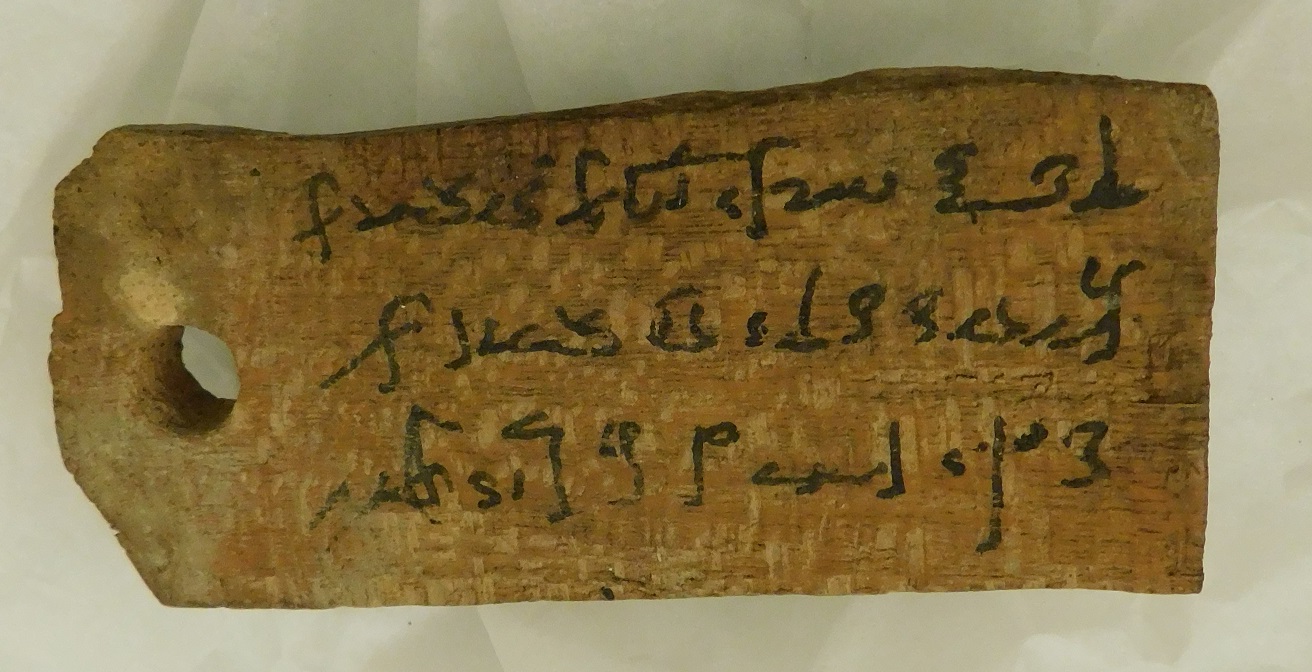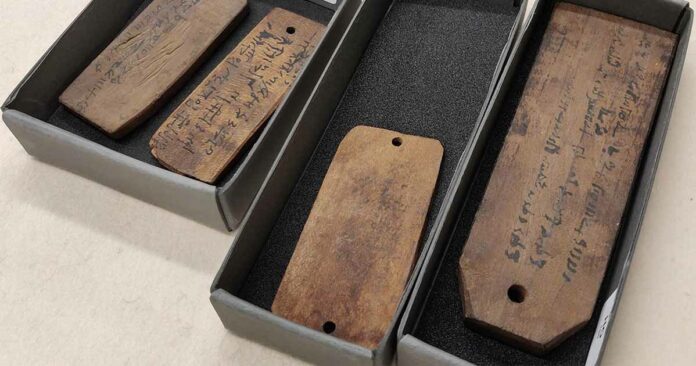In a groundbreaking effort to understand the climate of ancient Egypt, Swiss scientists have turned to an unexpected source—mummy labels. These small wooden tags, attached to mummies during the Roman era, are not just relics of the past; they contain valuable information that could help reconstruct the ancient Mediterranean climate. The growth rings in the wood used to create these labels offer a fascinating glimpse into the environmental conditions of that time, providing insights that are both historically and scientifically significant.
The Hidden Value of Mummy Labels

Mummy labels, typically inscribed with the names of the deceased, their parents, and sometimes religious messages, were used in the Roman era to identify mummies. However, these labels serve a dual purpose. Made from wood, they possess growth rings that offer detailed clues about the climate conditions during the period they were created. The study of these rings, published in The International Journal of Wood Culture, reveals how the width of the rings can indicate the climate at the time—wider rings suggest prosperous years with ample rainfall, while narrower rings point to periods of drought.
A New ‘Rosetta Stone’ for Climate Science
Leading the research, Sabine Huebner, a scholar at the Swiss National Science Foundation (SNSF), refers to mummy labels as “Rosetta stones” for climate research. This term is a nod to the ancient artifact that enabled the deciphering of Egyptian hieroglyphics. Huebner and her team are using the tree rings in over 300 mummy labels to reconstruct the climate of Roman Egypt, a region once known as the breadbasket of the Roman Empire. By analyzing the overlaps in these growth rings, scientists aim to paint a clearer picture of the climate during the time the trees were harvested.
The Challenges of Precise Dating

While mummy labels are an invaluable resource, accurately dating the climate events recorded in the rings remains a challenge. The research team, including archaeologist François Blondel from the University of Geneva, is exploring methods to reduce dating uncertainty. This could involve identifying specimens that can be precisely dated or employing radiocarbon dating techniques. Radiocarbon dating, while potentially reducing uncertainty to nearly zero, requires permission for invasive analysis, a hurdle that must be addressed with museums that house these ancient artifacts.
Connecting Ancient Climate to Modern-Day Issues
The research into mummy labels not only sheds light on the past but also holds relevance for today’s world. Climate fluctuations have always played a role in shaping human history, influencing the rise and fall of empires, the availability of resources, and societal stability. For instance, the collapse of the Hittite Empire around 1190 BC has been linked to severe drought conditions. Understanding these historical climate changes can offer valuable lessons for modern societies, helping mitigate the impacts of current climate crises.
The Broader Implications of Climate Research

Sabine Huebner’s project exemplifies the intersection of ancient history and contemporary issues. By studying how climate change affected past societies, researchers can provide insights that may help modern communities adapt to or mitigate the effects of current and future climate shifts. This research underscores the importance of understanding historical climate patterns, particularly in reducing the disproportionate impact that climate change has on vulnerable populations.
Conclusion
Mummy labels, once merely seen as identifiers for the deceased, have now emerged as a crucial tool in reconstructing the climate of the ancient Mediterranean. The information they provide through their growth rings offers a unique perspective on the environmental conditions that influenced the Roman Empire. As scientists continue to unravel these climate secrets, they not only enhance our understanding of the past but also contribute to addressing the pressing climate challenges of our present and future.
